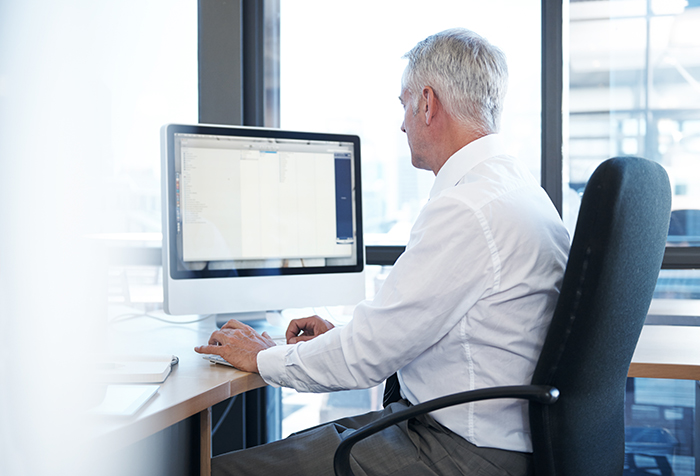Sitting All Day Can Be a Real Pain in the Rear

Dead Butt Syndrome is no joke.
In recent years, doctors have seen an uptick in patients without any known injury complaining of stiffness and loss of strength in their hips and pain that sometimes radiates down the legs while sitting, walking or even resting. Those suffering from these seemingly inexplicable symptoms aren’t the elderly dealing with the aches and pains of aging. More and more middle-aged professionals, young students and even athletes are experiencing gluteus medius tendinosis, which is commonly referred to as Dead Butt Syndrome.
Dead Butt Syndrome? Really?
“Our patients call it Dead Butt Syndrome, and the name makes sense,” said Luis A. Feigenbaum, a board-certified sports physical therapist with the University of Miami Health System. “It reflects gluteal numbness caused by muscle weakness that compresses, pulls or pinches the nerves.”
Constant sitting at school or work, in the car or in front of the TV weakens your gluteus medius muscle in the buttock while tightening your hip flexors. This combination creates an imbalance that prevents your muscles from effectively stabilizing and supporting your hips and pelvis.
Even if you follow sustained periods of sitting with a long walk or run, the muscle atrophy could have already led to tendinopathy that results in pain and weakness. This is the case with many long-distance runners who develop Dead Butt Syndrome because their exercise routine does not include strength-training in the glutes and hips.
Don’t take this pain lying down
Even if your job or lifestyle requires you to sit for most of the day, you can make some changes in your routine to prevent the pain of Dead Butt Syndrome.
GET UP MORE OFTEN
- After sitting for 30 minutes, stand or walk around for 10 to 15 minutes.
- Use this time to talk on the phone, get organized or take a break from the task at hand.
- Grab a snack or drink and enjoy it while standing.
- During every TV commercial break, pace around your house or tidy up the room.
- On long drives, pull over as often as is safely possible to stand up and stretch your legs.
MODIFY YOUR DESK
- Standing desks can be adjustable to enable you to work while sitting or standing.
- Treadmill desks make it possible to walk in place while reading, using a computer or talking on the phone.
TAKE EXERCISE BREAKS
- After sitting for 40 minutes, do 5 to 10 minutes of low-intensity stretches.
- You don’t have to break a sweat to engage your hip and gluteal muscles.
DON’T FORGET STRENGTH TRAINING
- Even if you’re an avid walker or runner, you need to build the small muscles in your glutes and hips to prevent injury.
- Neglecting to do this can negatively impact your walking/running posture and stride.
- Incorporate cross training or weight lifting into your exercise routine.
“While treatment for type of pain is available at our UHealth physical therapy clinics, it’s best to try to prevent the injury in the first place,” said Feigenbaum. “Just standing up and moving for short periods throughout the day, every day, can make all the difference. Our bodies aren’t built for constant sitting.”
Written by a staff writer at UHealth’s news service.
